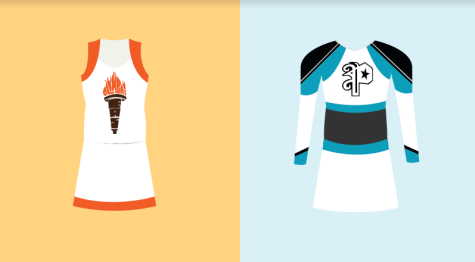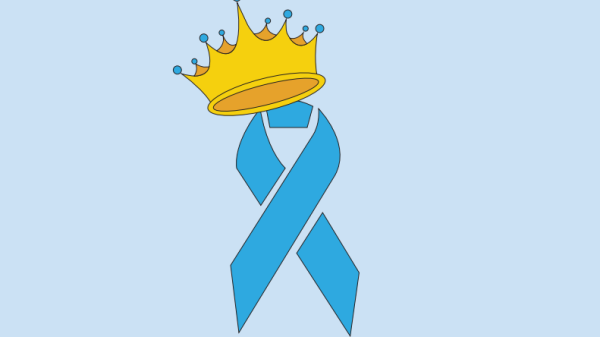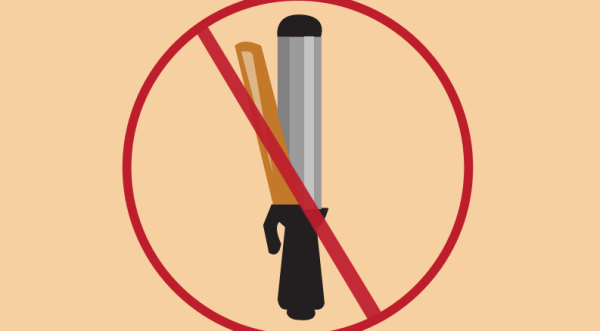Sideline vs. Competition Cheerleading

The first cheerleader, Johnny Campbell, took the field in the late 1800’s. Since then, the cheerleading world has exploded into something remarkable. The divide between competitive and sideline cheerleading is growing, and controversies are sparking over which is the actual sport, or if cheerleading as a whole is even considered a sport.
Sideline cheerleading teams revolve around the sport being cheered for, typically football or basketball. The cheerleaders have cheers and chants that vary depending on the sport and what is happening in the game.
For example, during football games when their team is on offense, they will do chants encouraging the fans to cheer for a touchdown, or in basketball to make a basket. These are perfect examples of how cheerleading earned its name. The cheerleaders are in charge of leading the crowd to cheer on their team and raise energy as well as team spirit.
In order to really grab the crowd’s attention, cheerleaders will perform various stunts as well as tumbling skills. These skills vary in difficulty, typically depending on age. Elementary school cheerleading teams have rules in place that don’t allow them to do the same stunts as high school or collegiate cheerleading teams, because they are younger and typically not nearly as skilled. These stunts, including tumbling, are considered the main connection between sideline and competitive cheerleading teams.
While sideline cheerleading teams perform stunts, the stunts they perform are typically not as difficult as ones performed by competitive cheerleading teams. Competitive cheerleading has a completely different rule book than sideline cheerleading.
Competitive cheerleading teams revolve around a scoresheet. Cheerleaders are divided into teams based on age and skill level. The age groups vary from Mini (ages five through eight) all the way up to Senior (ages eleven through eighteen) with other age groups in between.
The skill levels range from level one to level seven. For comparison, cheer teams that are level one through level three perform skills of the same difficulty as elementary, middle school, and high school cheer teams. Levels four through seven are typically more collegiate-level.
Despite the difference in difficulty between competitive and sideline cheerleading, both sports require skill and dedication.
Design by: Madison Mount









